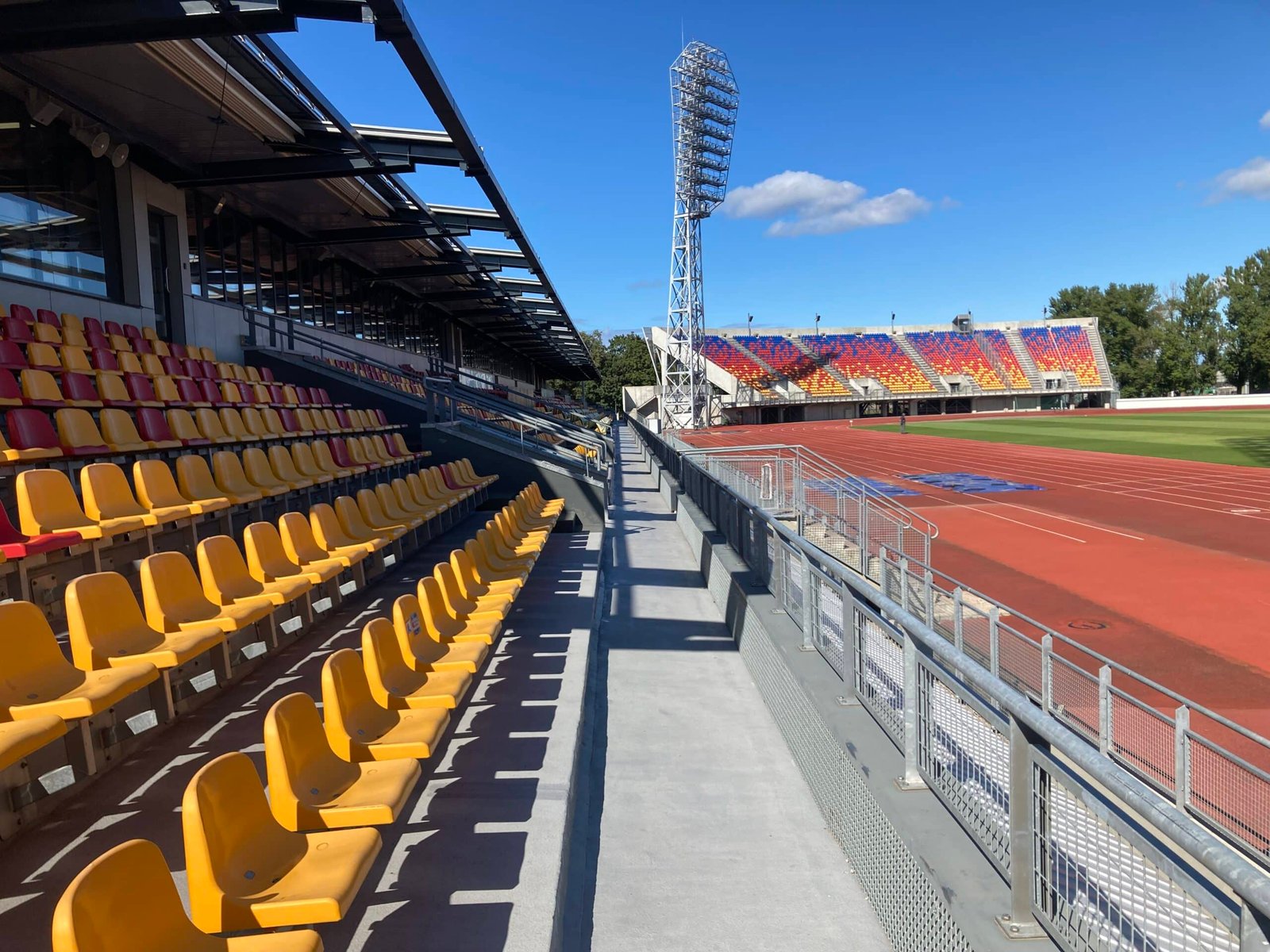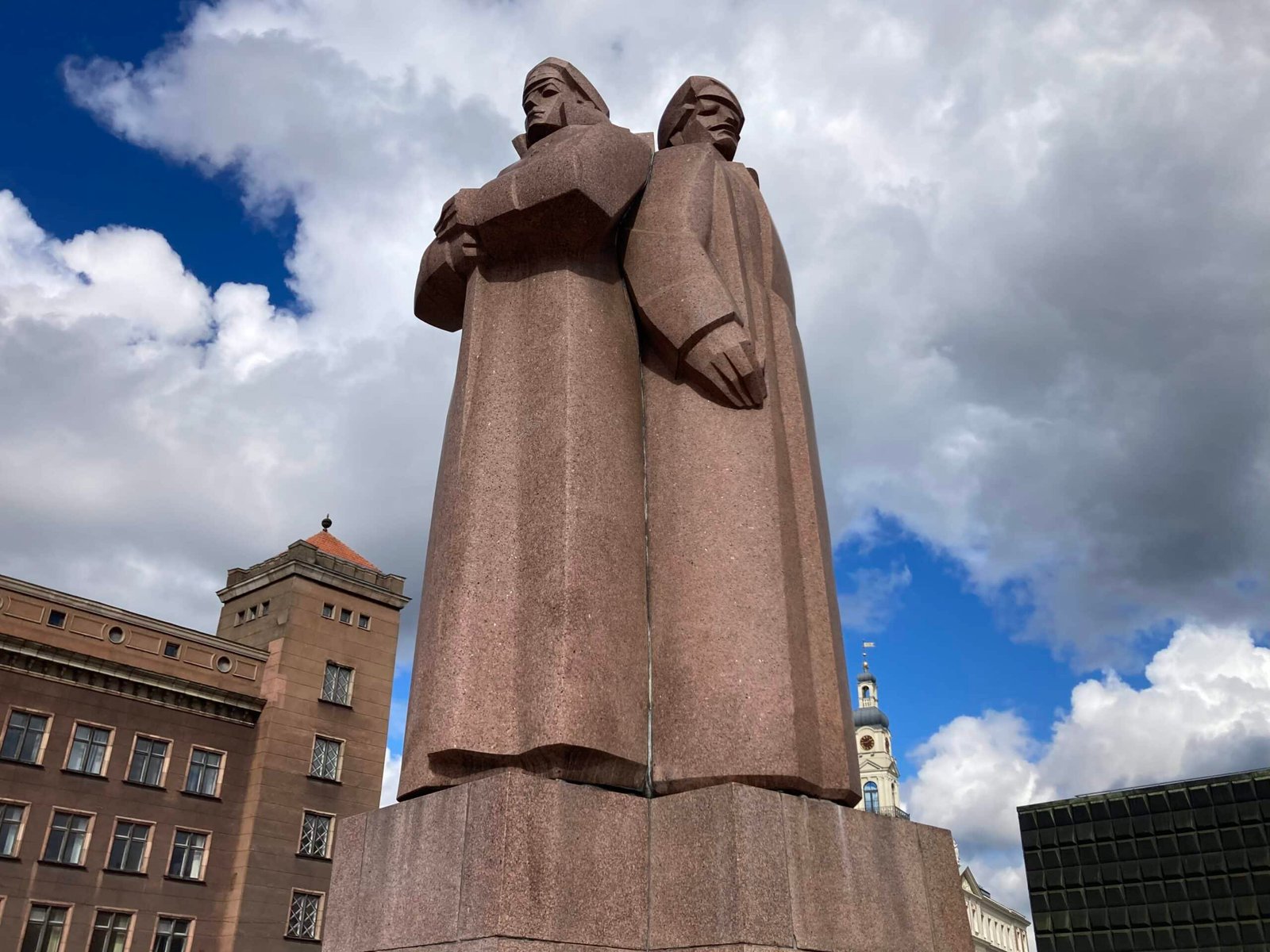The field of dreams – and the story behind it
Riga’s Daugava Stadium echoes Latvian national pride. Though still showing signs of its Soviet makeover of the 1970s, this prestigious arena staged most of Latvia’s internationals during the initial flush of post-91 independence. The draws with Spain and recently crowned European champions Denmark in 1992, and the defeat of Austria three years later, all took place here.
Usurped for national duty by the Skonto Stadium, home of then record consecutive champions Skonto Riga, Daugava came back into the reckoning for marquee fixtures such as the visits of Poland and Austria in 2019, Holland in 2021 and England in 2025.
In between, the stadium underwent a significant rebuilt in 2018, new North and South Stands, and a reconfigured West Stand, upping capacity to just under 10,500. Despite negative feedback from FIFA president Gianni Infantino on his visit to Riga in 2021, when he outlined the need for a new football arena entirely, the stadium continued to serve the national interest.
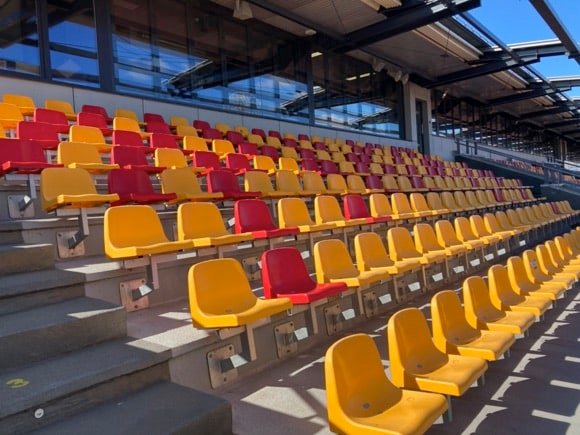
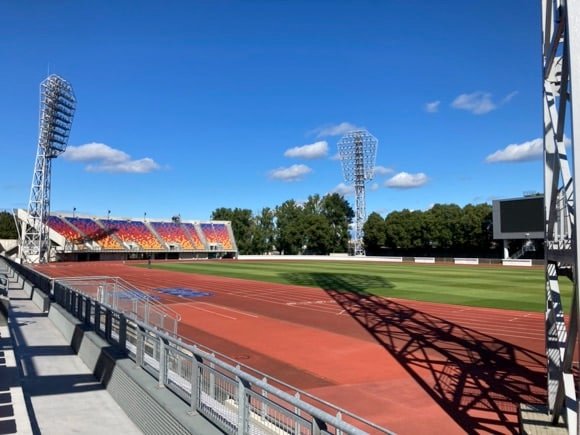
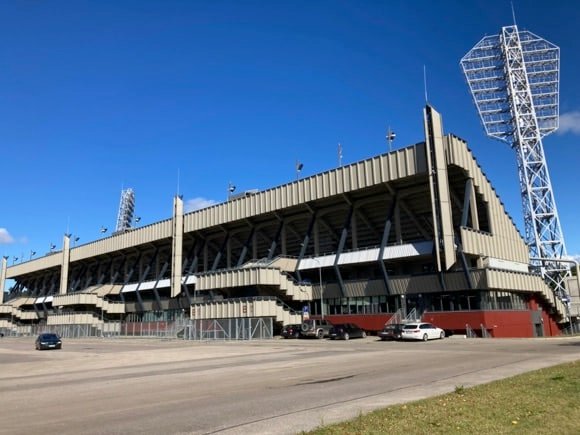
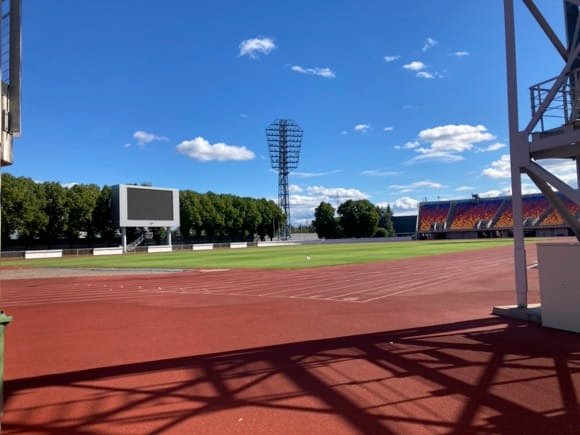
For their groundbreaking run in the Europa League in 2024-25, RFS beat Ajax in front of a full house here, earlier visitors Galatasaray and Anderlecht leaving Latvia with just a point each.
Even though further reconstruction was halted by both the lack and high expense of building materials following the war in Ukraine in 2022, and despite the regular presence of a major Latvian league club, rumours of the stadium’s demise seem greatly exaggerated.
Even when it was first earmarked by a workers’ association to host sports events in 1927, during Latvia’s golden period of independence between the wars, what would become the Daugava was barely used. Two other locations in town, the ASK and LSB Stadiums, staged the country’s regular internationals with their Baltic and Scandinavian foes.
Ironically, it was the Soviets who transformed this ground of a few benches and little else, into a proper sports arena of 5,000, soon 10,000-plus capacity. As well as a running track, Soviet-style floodlights were added, of the kind that look like giant metal waffles.
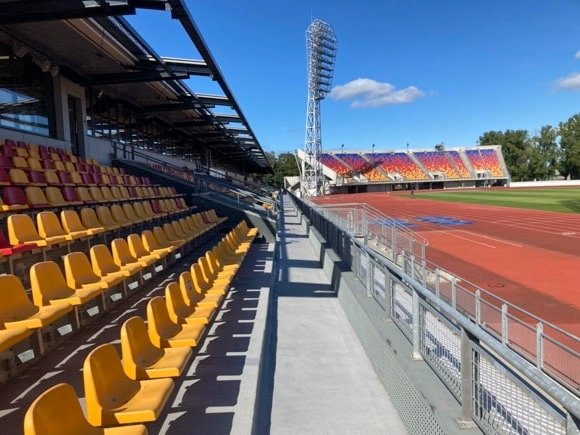
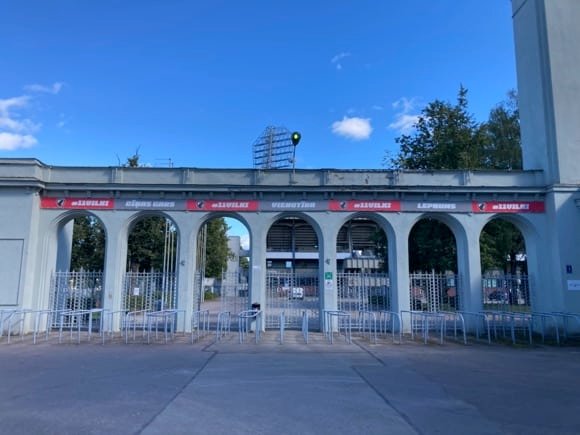
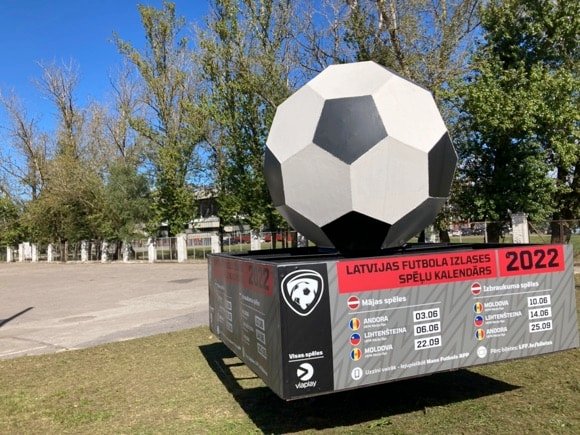
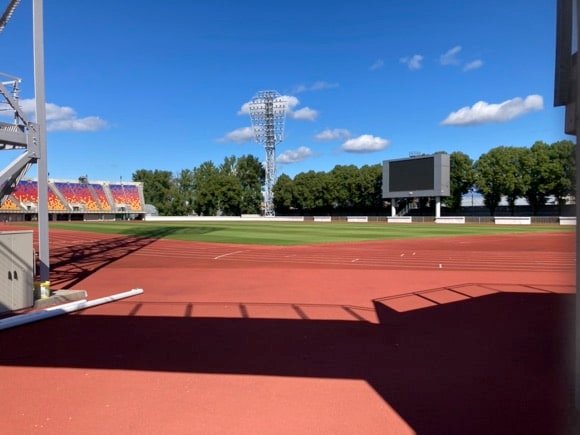
Named after the river that bisects Riga, the Daugava was also a sports association, the only football team to challenge at an all-Soviet level during this time. Teams from other republics, would come to the Daugava Stadium, effectively unable to host a Latvian national XI, and be given a display of local pride – although, given the significant Russian population here, this was never as ferocious as when a Moscow team went to Kyiv.
The Daugava Stadium also hosted a popular national song and dance festival, and it was fitting that, after the wooden stands were demolished and replaced with concrete ones, that the Daugava would become the de facto national stadium in the heady days of the 1990s. After decades of lower-league Soviet football, local fans could now watch famous European players in the flesh for at least 90 minutes a year.
Further reconstruction reduced capacity by almost half, and for several years, the Daugava’s main role was to host athletics. The national team returned to the Daugava in 2018 after nearly two decades of playing home games at the Skonto Stadium. While it still does the honours for most international fixtures, the visit of England in October 2025 prompted the authorities to stage the tie at the Daugava, and allocate visiting supporters Stand C, sectors C1-C5.
Getting here
Going to the stadium – tips and timings
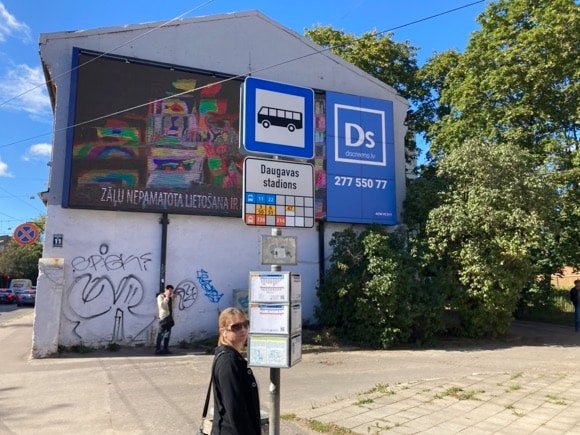
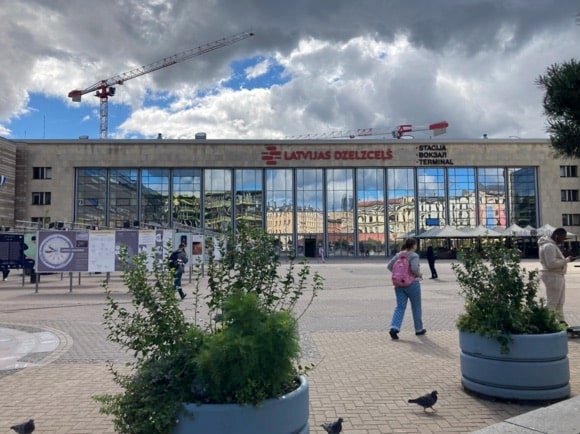
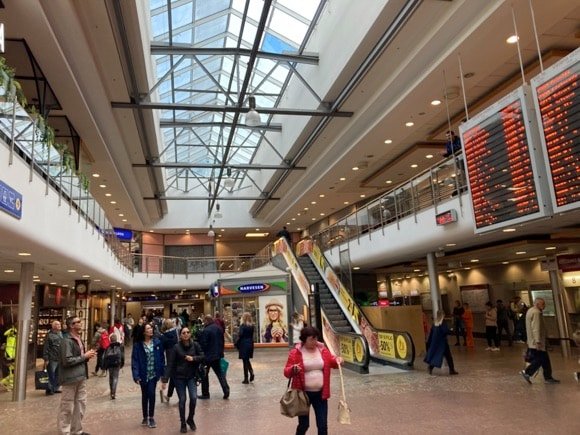
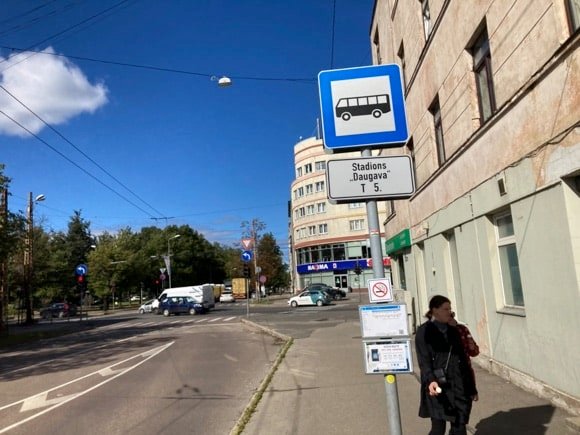
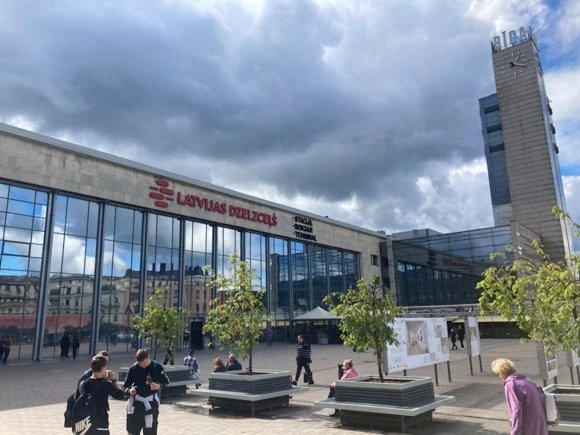
Daugava Stadium is east of the city centre, a fair but doable walk along Avotu iela from the city centre – allow 20-25mins.
It also has its own bus and trolleybus stop, Daugavas stadions, on routes 3, 6, 11 and 22, all of which call at Riga train station (Centrala stacija) or main Stacijas laukums alongside.
Extra trolleybuses are laid on after big international matches, which often have late finishes to accommodate TV schedules in western Europe.
Where to Drink
Pre-match beers for fans and casual visitors
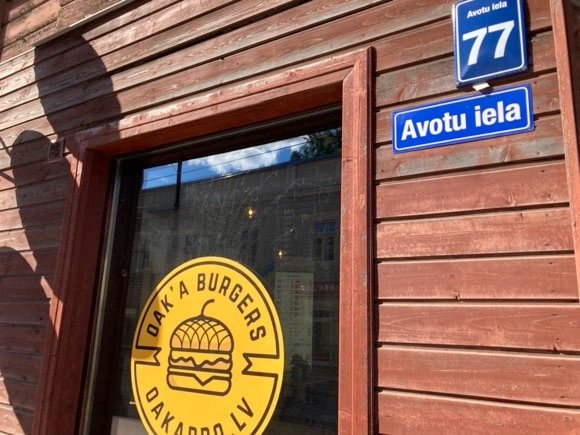
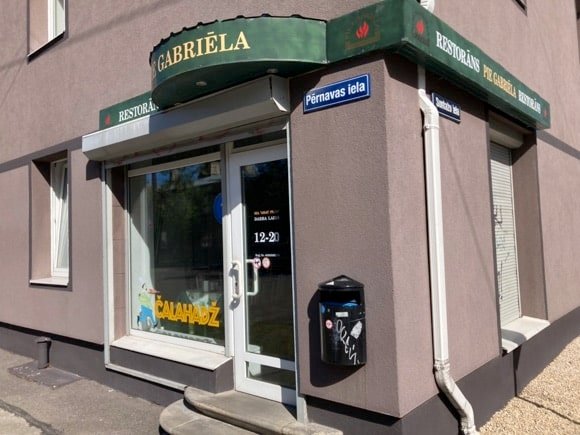
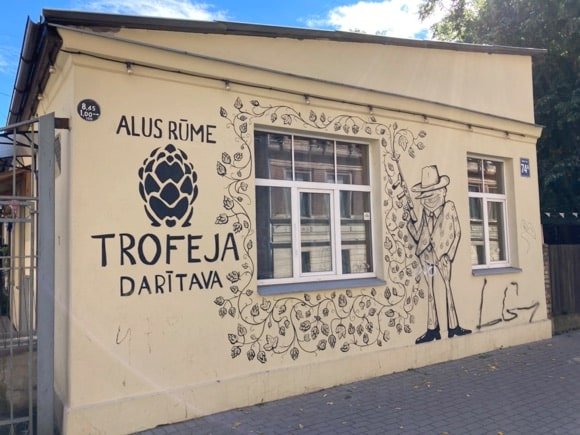
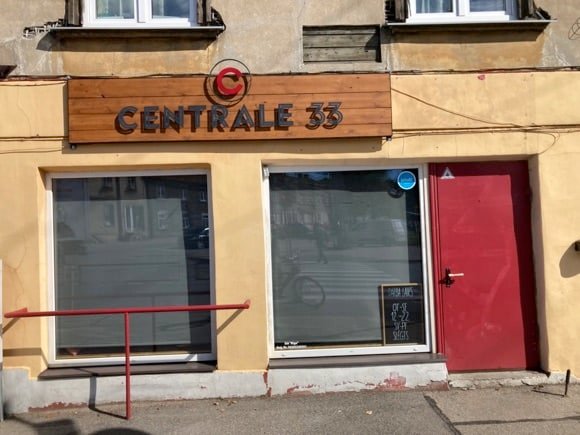
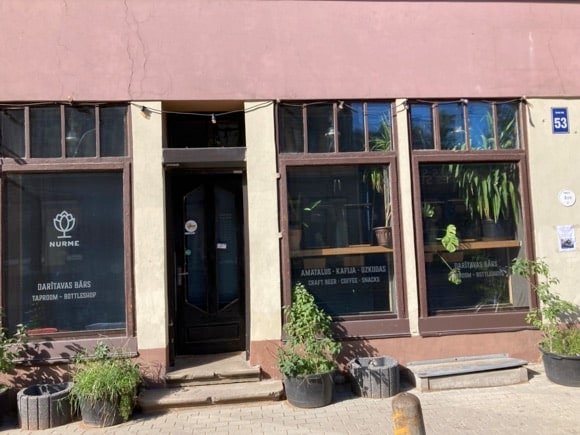
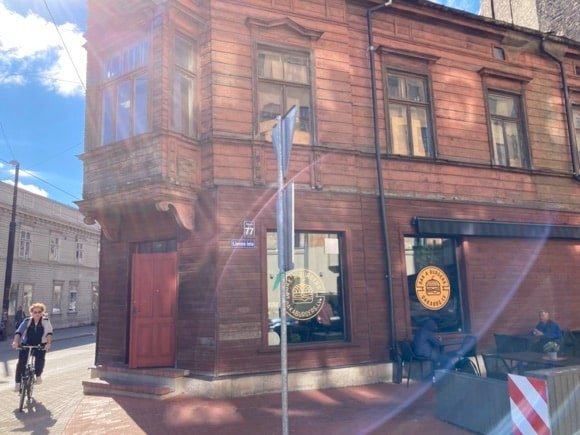
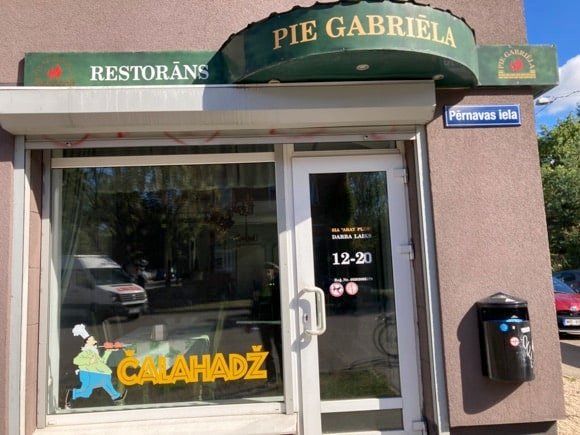
Several options line Avotu iela on the way to the stadium from town. At No.53, the trendy Nurme Bar is attached to the local microbrewery of the same name, which has its own evening-only tap room close by at Vagonu iela 21, off Valmieras iela parallel to Avotu iela. The candlelit Nurme Bar lists a strong selection of craft brews and range of burgers.
Nearer the stadium at Avotu iela 74, claiming itself to be the ‘smallest brewery in Latvia’, Alus Rume Trofeja showcases its own labels – herbal hoppy Vigans, wheat beer Koriandris, American IPA Jakims, even Dzervenu Trans mead – and vegan crisps (lentil with chili and lemon, hummus) in a cabin-style barroom and on a large, partly covered terrace.
Close by at No.77, award-winning Oak’A is a serious street-food joint set in a sturdy corner building, where your tricky choice of smash burger can come with a pint of house BBQ on draught.
Closest to the stadium at Pernavas iela 33, Centrale 33 serves up Mexican street food but caters to fans heading to the game by match-day offers of €4 for half-litres of Tervete beer, either drink-in or takeaway.
A few metres from the ground at Pernavas 59, tiny Pie Gabriela (‘At Gabriel’s’) has transported itself from the Jurmala waterfront to these modest corner premises in Riga, where its home-style Russian favourites (pelmennyi dumplings, borscht soup), chops and various grilled meats are served with lesser-found beers such as Erebuni from Armenia. Closes 9pm.

